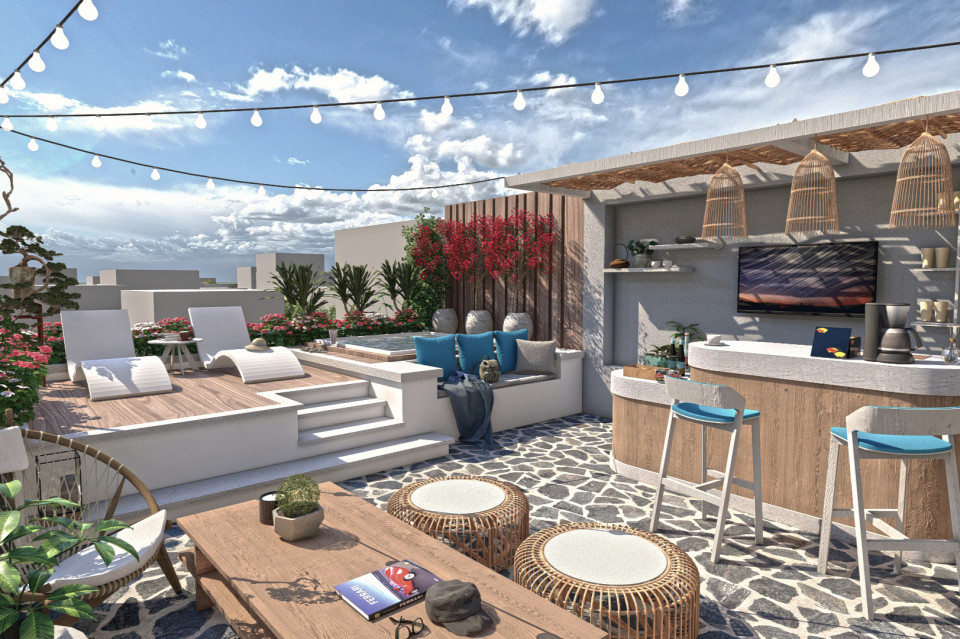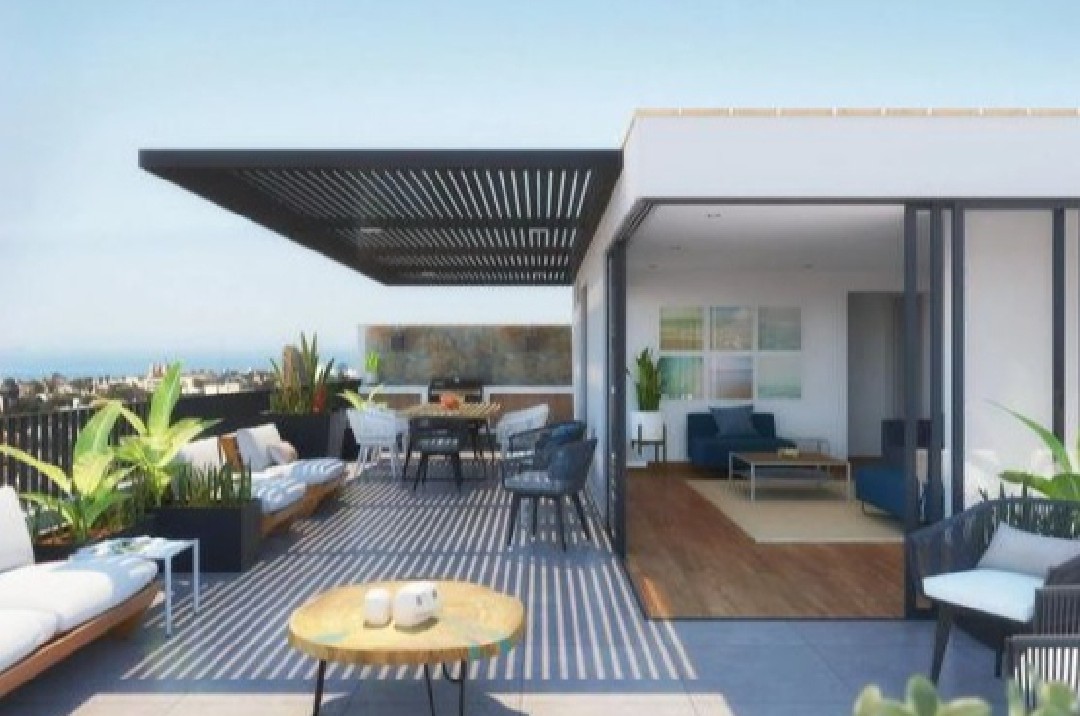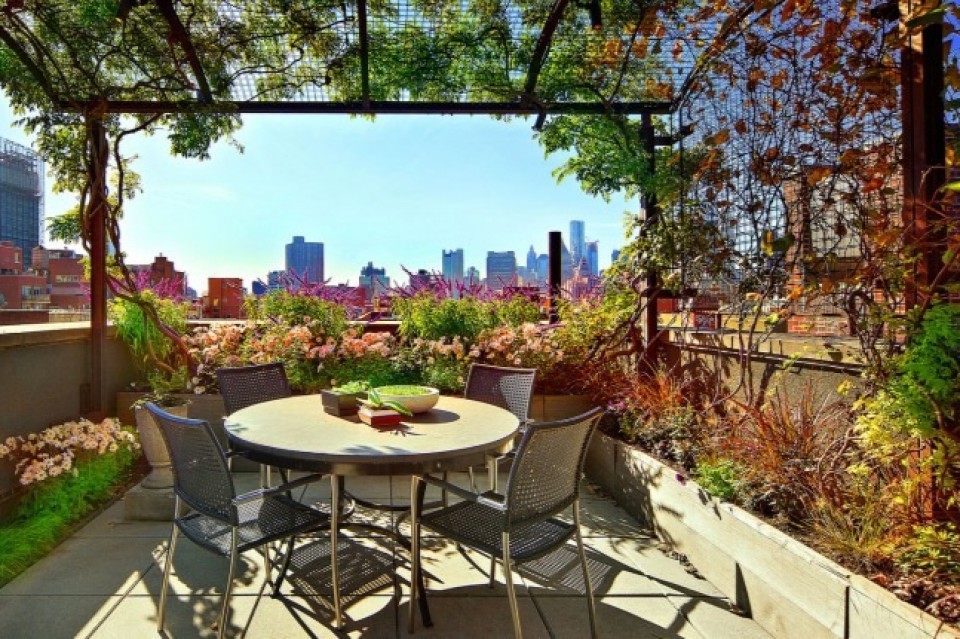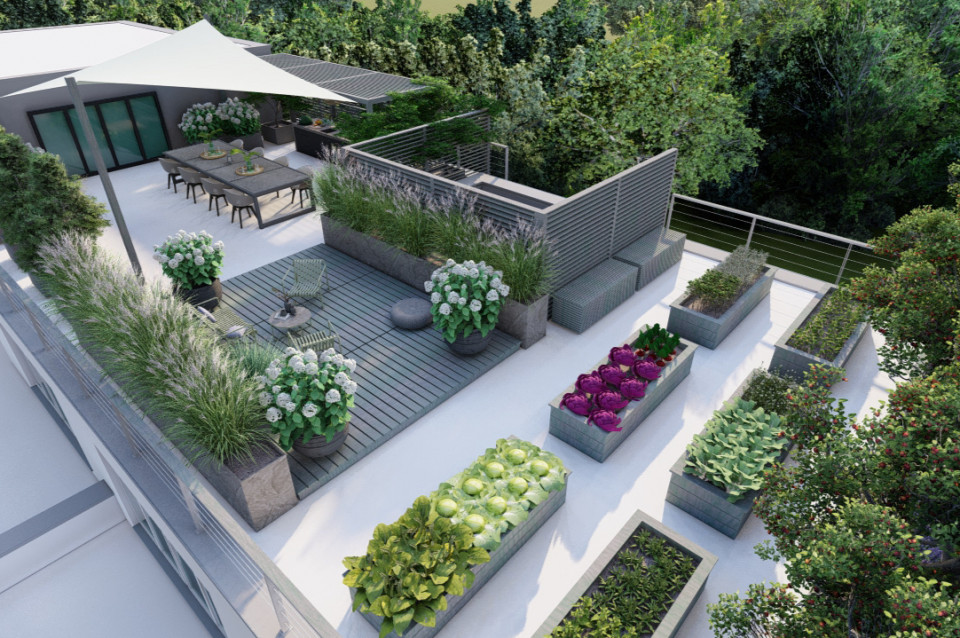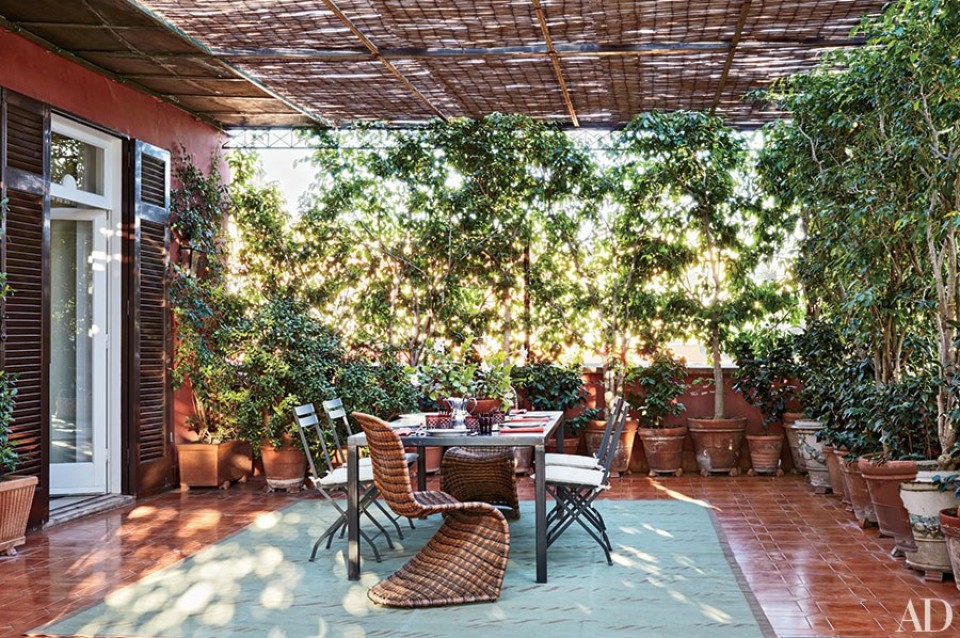The Uniqueness of Japanese and Chinese Style in Rooftop Design
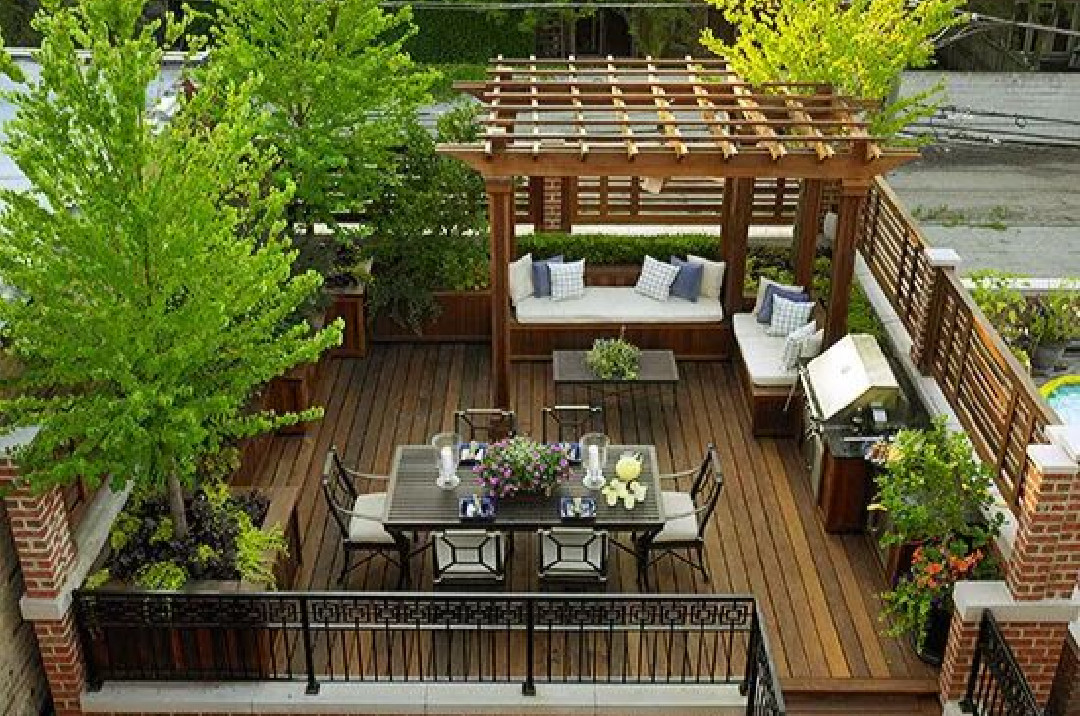
Creating a rooftop design is sometimes a challenge in itself because the shape of the room itself is different from when we design a room. However, what if we try to combine two styles originating from Japan and China. By combining design elements from Japan and China into a rooftop we can create a unique, aesthetic and calming space. These two styles have their own strong characteristics in building an atmosphere, making this rooftop not just a gathering place, but also a means of in-depth cultural experience. The following is the uniqueness of these two styles:
1. Japanese Style – Calm and Minimalist Atmosphere

The Japanese style in designing rooftops can provide a characteristic of calm and peace with a minimalist concept that focuses on simplicity and harmony.
-
Unique Atmosphere:
Designs originating from Japan are already famous for their peaceful and meditative atmosphere resulting from a simple layout but have deep meaning. In a Japanese-style rooftop, a calm atmosphere is created through the use of natural materials, neutral colors and a neat spatial arrangement. Zen gardens, consisting of sand, stone and neat groove patterns, are one of the main elements that define this style. Patterns in Zen gardens are often arranged as symbols of the constant flow of life and balance. In the midst of the hustle and bustle of the city, this rooftop provides a place to escape from the noise and feel peace. -
Space Aesthetics: Japanese design usually emphasizes soft colors such as wood brown, white and grey, which gives a natural and simple impression. Lesehan seating with tatami cushions and a low table are important elements that strengthen the minimalist impression. Paper lanterns (chochin) hung in several corners of the rooftop provide warm and soft lighting at night. Additionally, bonsai plants and bamboo trees are carefully placed to provide a touch of natural greenery that supports the simple yet elegant aesthetic. This Japanese-style rooftop is suitable for those who need a quiet place.
2. Chinese Style – Grand and Symbolic Atmosphere

On the other hand, the Chinese style in rooftop design is more about emphasizing a majestic impression, full of symbolism and rich in detail. This style brings a dramatic and artistic touch unique to Chinese culture into open spaces.
-
Unique Atmosphere:
The rooftop atmosphere that can be produced in Chinese style is full of positive energy represented by bright colors and good luck symbols. Colors such as red, gold and green often dominate, while statues or carvings of dragons, protective symbols that bring good luck, reinforce the symbolic elements unique to Chinese culture. In this rooftop design, the atmosphere feels more lively and welcoming, creating a suitable space for gathering with family and friends. -
Space Aesthetics: The Chinese-style aesthetic focuses on richly detailed decoration, such as intricate wood carvings, red lanterns, and pagoda-style roofs with iconic curved edges. These ornaments can provide a classic look that is dramatic and eye-catching. The seating area usually consists of beautifully carved chairs and tables with warm colors and gold accents. Red lanterns, whether hung or placed in the corners of the rooftop, can provide lighting that adds a dramatic atmosphere, especially at night. Lion statues or even koi-shaped stone elements are often added as symbols of protection and good luck, providing a deeply authentic touch.
Bringing Japanese and Chinese Philosophy to Life in Rooftop Design
We can design a rooftop with Japanese and Chinese inspiration, but this not only adds visual aesthetics, but can also create a space with deep philosophical values. Both cultures are rich in symbolism, and each design element usually has its own meaning. With the right approach, the rooftop not only functions as a physical space, but also as a place to interact and understand two Asian cultures that are rich in tradition.
Japanese Philosophy: Life in Simplicity and Natural Balance
The design style originating from Japan really emphasizes the importance of the relationship between humans and nature. In Japan itself there is a philosophy called wabi-sabi, namely an appreciation of beauty in imperfection, this can influence Japanese design as a whole. A Japanese-style rooftop designed with a wabi-sabi concept will not be excessive in decoration. Instead, the design will focus on the authenticity of materials such as raw wood, natural stone and clay, inviting tranquility.
The water element in Japanese style is usually realized in the form of a small pond or simple fountain, which adds a calm atmosphere. The water flowing on the rooftop also has a psychological function, providing a relaxing effect through the continuous gurgling sound. In addition, the use of large stones and green plants are arranged asymmetrically to reflect the unexpected beauty of nature. At night, the rooftop atmosphere can be enriched with the use of stone lanterns, providing warm light that gently reflects off the water surface, deepening the impression of tranquility.
Chinese Philosophy: Luck, Balance, and Symbolism
Apart from that, Chinese philosophy which is heavily influenced by the teachings of Feng Shui provides a guide on how a space can bring good luck and energy balance. In rooftop design, Chinese style often includes elements such as statues of dragons, lions, or koi fish, each of which symbolizes protection, good luck, and perseverance. These ornaments are placed in strategic areas to maintain harmony and the flow of positive energy.
Chinese-style rooftops are also usually rich in color, especially red and gold. These two colors are believed to bring good luck and prosperity. Red, apart from being a symbol of courage, also provides a strong visual appeal, while gold creates an impression of luxury and elegance. Wooden tables and chairs painted or carved with Chinese motifs, such as clouds or peonies, will provide a distinctive artistic touch.
Providing Two Styles in One Rooftop

It may be a little difficult to be able to apply the 2 styles simultaneously, but it can still be done. Japanese and Chinese styles on one rooftop can create a unique space with a combination of two atmospheres: calm and meditative in Japanese style, and lively and symbolic in Chinese style.
-
Relaxing and Meditation Room: First, we can build a Japanese-style Zen garden which is used as a meditation zone, then equipped with cross-legged seating. Meanwhile, our sitting area can use a Chinese style which can be a place to gather and socialize, providing a multifunctional space that invites many activities.
-
Diverse Lighting: The combination of Japanese paper lanterns and Chinese red lanterns will create a calming yet dramatic rooftop appearance at nightfall, and can provide a different experience when moving from one area to another.
-
Water Pool as Unity: A koi pond or mini waterfall can be a balancing element that displays a blend of two styles, with typical plants from each culture around it, creating harmony between water and natural elements in balance.
Conclusion
The rooftop design combines Japanese and Chinese styles to create a unique space, combining Japanese tranquility and balance with Chinese energy and luxury. The Japanese-style rooftop provides a calm atmosphere through natural and minimalist elements, making it ideal for relaxation or meditation. Meanwhile, Chinese elements rich in symbolism and bright colors create a lively and meaningful space, perfect for family gatherings or social gatherings. Combining these two styles not only provides a variety of functions on the rooftop, but also offers a deep and harmonious cultural experience. With a balanced arrangement, this rooftop becomes an oasis that connects us with nature while presenting rich Asian cultural nuances. This kind of rooftop not only functions as a physical space, but also as a place for reflection and celebration of the beauty of two complementary cultures.



